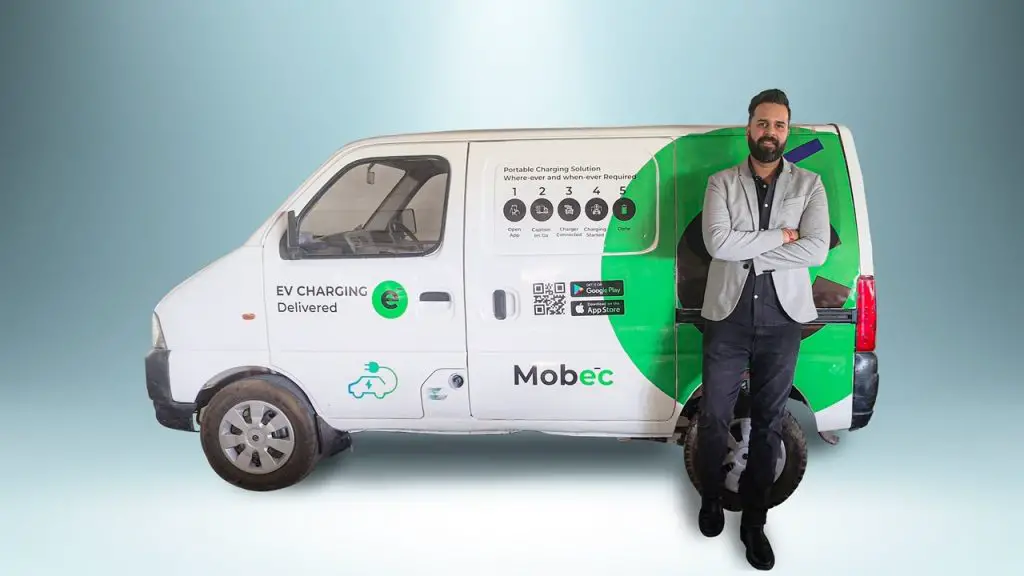As the world shifts towards electric vehicles (EVs) to combat climate change and reduce emissions, one significant barrier looms large: range anxiety. This phenomenon, characterized by the fear of running out of battery power before reaching a charging station, has been a major concern for potential EV buyers. However, advancements in technology are steadily bridging the gap, offering solutions to alleviate range anxiety and accelerate the adoption of electric mobility.
The Reality of Range Anxiety
Range anxiety is not merely a figment of imagination; it’s a genuine concern rooted in the current state of EV charging infrastructure. While significant progress has been made in developing static charging stations, they are still in the developmental stages and far from ubiquitous.
Despite promising developments, the infrastructure is not yet stable or extensive enough to fully support the growing fleet of electric vehicles. Imagine driving along a route with charging stations spaced every 10 kilometers. What if your EV’s battery runs low while you’re only halfway between two stations?
This scenario is precisely what fuels range anxiety. Even with the promise of charging infrastructure, the fear of being stranded with no means to recharge remains a valid apprehension among potential EV owners.
Mobility Solutions for Assurance
Acknowledging the real concerns of range anxiety, technology is stepping in to provide mobility solutions that offer assurance and peace of mind to EV drivers. One such solution is the development of mobile charging services. These services deploy roving vehicles equipped with portable chargers to provide on-the-go assistance to stranded EVs.
Whether you’re stuck on the side of the road or running low on battery in a remote area, these mobile charging units can come to your rescue, ensuring that you reach your destination without interruption.
Furthermore, advancements in battery technology are extending the range of electric vehicles, mitigating the risk of range anxiety. Next-generation batteries with higher energy densities and faster charging capabilities are enabling EVs to travel greater distances on a single charge.
Additionally, predictive analytics and navigation systems integrated into EVs can help drivers plan their routes more effectively, considering charging station locations and optimizing their journeys to minimize range anxiety.
Collaborative Efforts for Progress
Addressing range anxiety requires a collaborative effort involving automakers, governments, infrastructure developers, and technology providers. Investments in charging infrastructure expansion, research, and development of advanced battery technologies, and the deployment of mobile charging services are all essential components of this collective endeavor.
Governments can incentivize the deployment of charging infrastructure and support research initiatives aimed at improving battery efficiency and range. Automakers can continue to innovate and refine EV technology, while infrastructure developers can work towards building a comprehensive network of charging stations to support the growing EV ecosystem.
Conclusion
Range anxiety remains a significant hurdle in the widespread adoption of electric vehicles, rooted in the lack of stable infrastructure for static charging stations. However, technology is playing a crucial role in bridging the gap and alleviating concerns associated with range limitations.
From mobile charging services to advancements in battery technology, a diverse array of innovations is reshaping the EV landscape, offering assurance and confidence to drivers considering the switch to electric mobility.
While challenges persist, collaborative efforts among stakeholders are driving progress toward a future where range anxiety is a thing of the past. With continued investments, innovation, and cooperation, the transition to electric vehicles will not only become more accessible but also contribute significantly to a cleaner, greener, and more sustainable transportation ecosystem.
This article is authored by Harry Bajaj, CEO Mobec Innovation. All views are personal.

